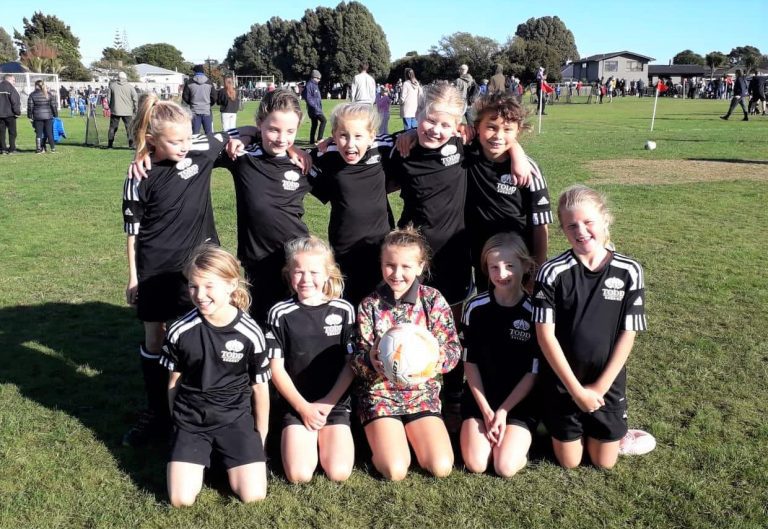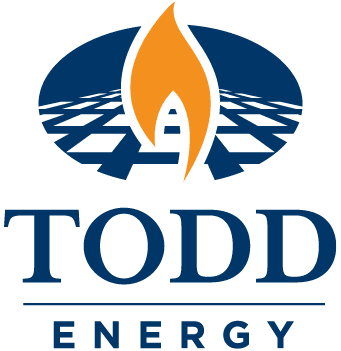Kapuni
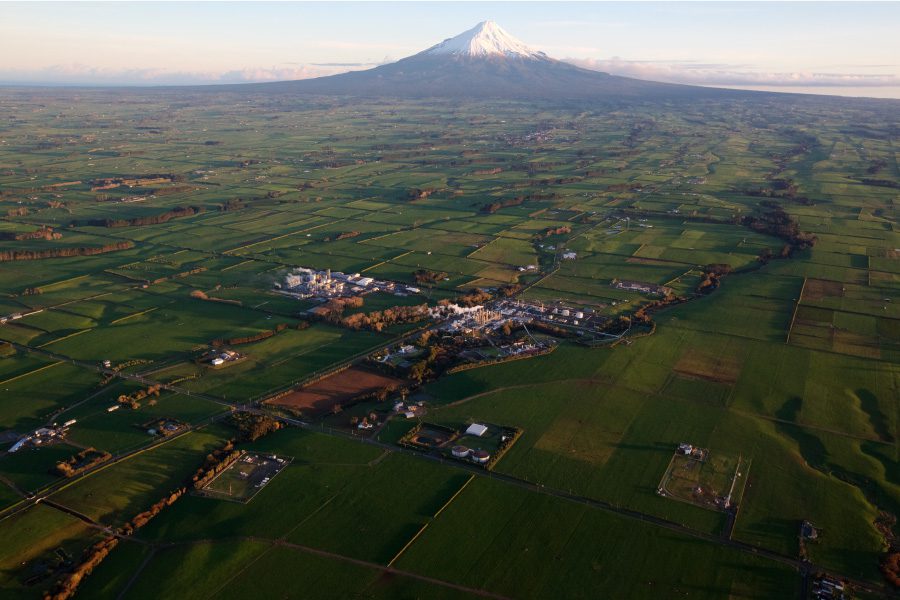
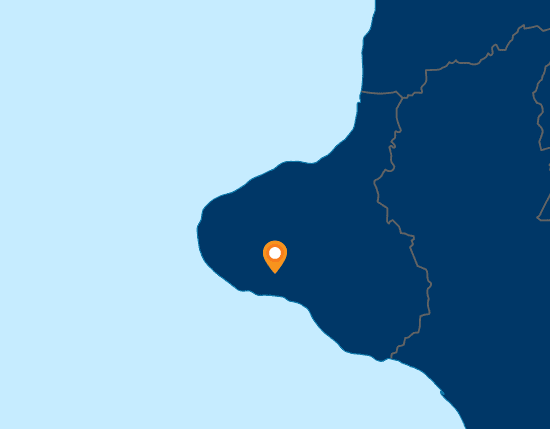
Field location
Kapuni field history
The Kapuni natural gas-condensate field was discovered (Kapuni-1) in 1959 by a Joint Venture consisting of Shell (37.5%), BP (37.5%) and Todd (25%). Field appraisal took place in 1962-1963 with the drilling of three additional wells Kapuni-2 to -4.
The gas is located in the Mangahewa formation, some 3400-3800m below surface, in a sequence of sand, shale, coal and siltstone layers of variable quality, which form a large anticlinal structure sealed by the Otaraoa marine mudstone. The main producing intervals are located in the K1A and K3 intervals, but several sub-units with limited vertical connectivity are recognised within these main units. Field connectivity is also influenced by several in-field faults – especially the NW- E running Kaponga fault zone.
Due to the high carbon dioxide (CO2) concentration of the natural gas (44%), which requires special processing, and the lack of a natural gas infrastructure at the time, it took until 1967 before a gas market was established with the Crown and a gas purchase contract negotiated and executed. The field subsequently came on-stream in 1970.
The Kapuni discovery was a landmark event that had commercial significance for New Zealand. It launched a new era that saw consumers taking advantage of natural gas as an efficient and low-cost energy source for industrial and domestic use. Kapuni’s success also led to the development of Taranaki’s energy infrastructure.
Production from Kapuni peaked in the mid-late 1970s at ca. 70 PJ/annum as part of the pre-Maui development of the natural gas market (in particular Kapuni natural gas fed the New Plymouth Power Station for electricity generation). Once Maui came on-stream in 1979, and Kapuni natural gas sales reduced to ca. 20 PJ/annum, the surplus field deliverability was used for a natural gas re-injection scheme to accelerate condensate production.
During the 1980s and 90s, a number of additional Kapuni infill/appraisal wells were drilled and hydraulically fractured to maintain field deliverability and test previously untapped zones.
In 1991 BP decided to exit exploration and production activities within New Zealand and sold their Kapuni field share to the remaining two Joint Venture parties, with the result that Shell and Todd shares became aligned at 50% each.
In the mid 1990’s, Todd was extremely active in the natural gas market, which resulted in new natural gas supply contracts to the 70 MW Fonterra/Todd Energy co-generation plant located at Whareroa near Hawera (1996) and Taranaki By-Products plant located near Okaiawa in South Taranaki (1999).
Due to the natural decline in field deliverability, natural gas re-injection ceased in 2001. Since that time Kapuni has seen a number of well entry related activities over the last few years, with recompletion workovers, additional perforations, water shut-offs, hydraulic fractures, and the drilling of additional wells (KA-16 > KA-20).
The latest focus has been on appraising the tight gas intervals located between the K1A and K3 reservoirs.
In August 2017 Todd acquired Shell’s 50% interest in Kapuni to become 100% Owner and Operator.
Field facilities
Twenty Kapuni field wells are distributed around the surrounding farmland on nine wellsites, and natural gas, condensate and water production are fed by underground pipelines from these wellsites to the Kapuni Production Station for processing.
Low Temperature Separation units are installed on the well sites to separate the natural gas from the liquids (condensate and water) and pre-condition the gas.
Via separate pipeline gathering systems, natural gas and liquids are transported to the Kapuni processing plant, where the bulk of the natural gas is diverted, without significant further treatment, into Todd’s Kapuni Gas Treatment Plant (KGTP). KGTP removes CO2 from the natural gas and also recovers liquefied petroleum gas (LPG) and natural gasoline products. The in-field natural gas gathering system also feeds the pipeline to the co-generation facilities at the Fonterra dairy plant in Whareroa.
Our people
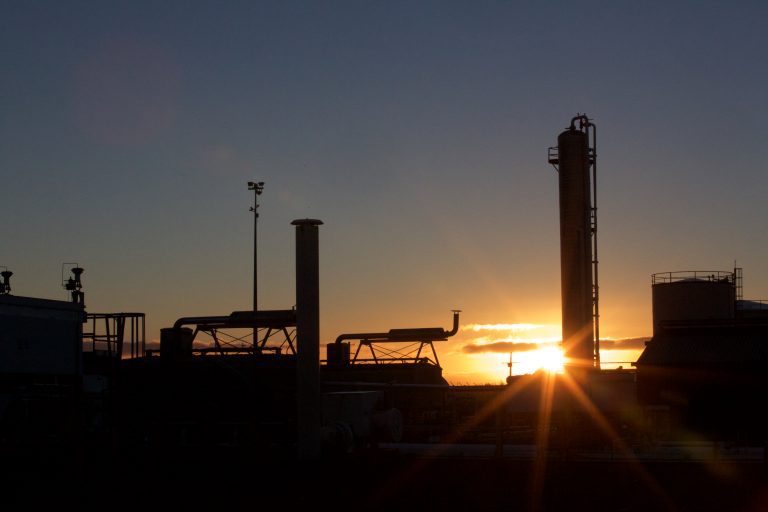
A day in the life of a Control Room Operator at Todd’s Kapuni Gas Treatment Plant
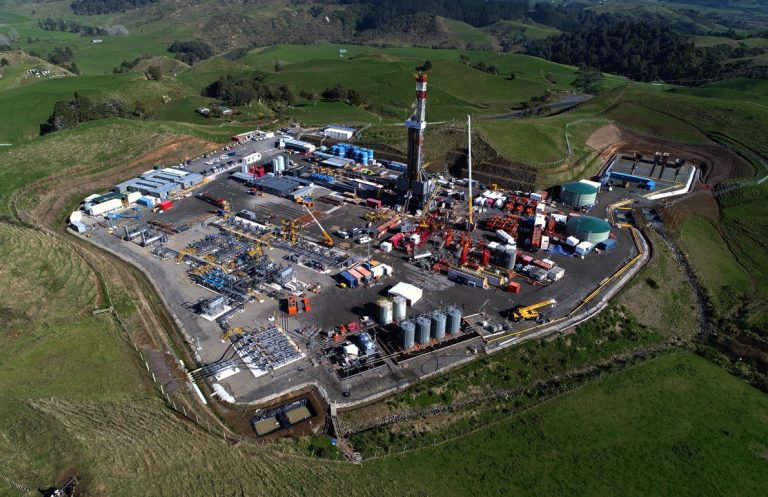
A day in the life of a Drilling Engineer at Todd Energy
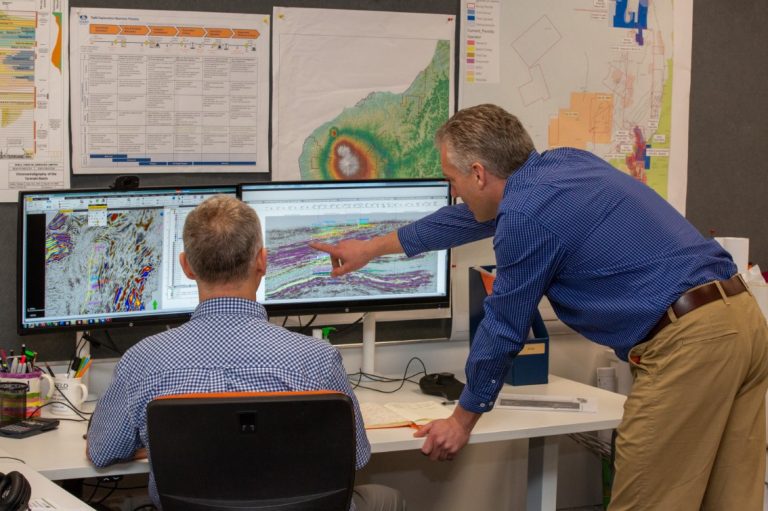
A day in the life of a Senior Reservoir Engineer at Todd Energy
Our community stories
The stories below are from our communities, and highlight just a small number of the amazing initiatives happening across Taranaki with the support of Todd Energy.

Matapu School students plant the whenua
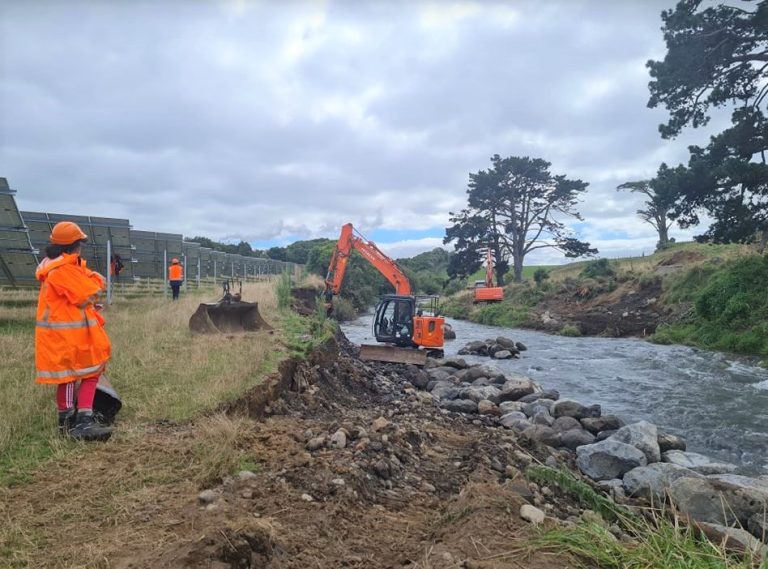
Todd Energy wins Environmental Leadership in Business award
